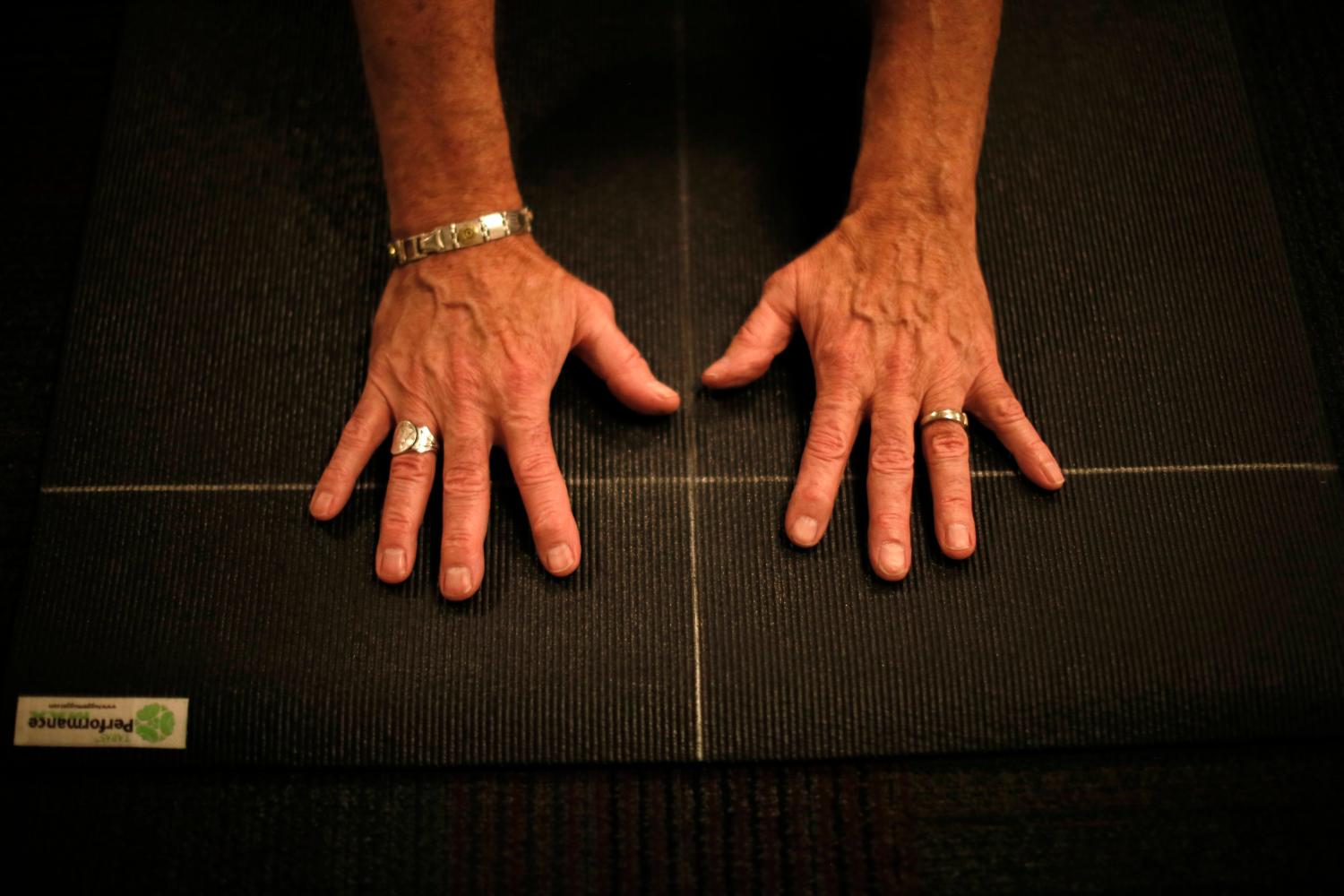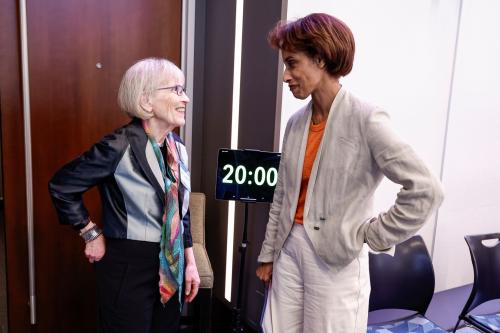Abstract
This analysis uses data from the Health and Retirement Study (HRS) to examine the sources of variation in mortality for individuals of varying socio-economic status (SES). The use of the HRS allows a distinction between education and a measure of career earnings as primary determinants of socio-economic status for men and women separately. We use those predictions of mortality to estimate the distribution of annual and lifetime OASDI benefits for different birth cohorts spanning the birth years from 1900 to 1950. We find differential rates of mortality have had substantial effects in altering the distribution lifetime benefits in favor of higher income individuals.
Introduction
The United States has been raising the age for receipt of full retirement benefits within the Social Security system as an offset to increased life expectancy. The higher retirement age is seen as an important means of stabilizing the long-term costs of the Old Age, Survivors, and Disability Insurance (OASDI) program. If the retirement age were increased in proportion to life expectancy, the average length of retirement would be a constant share of the average work life; and, absent other trends, the current system’s finances would be largely sustainable over future decades.[1] However, research on trends in mortality has established a strong relationship between individuals’ life expectancy and various measures of socioeconomic status, including income; and recent studies conclude that life expectancy is rising more rapidly for individuals in the upper portions of the earnings distribution. If gains in expected life spans are increasingly concentrated among the well-to-do, it seems unfair to ask the less affluent to bear the main burden of an aging society.
The objective of this study is to investigate the magnitude of the increase in differential mortality and its impact on the progressivity of the retirement system. Several studies have incorporated differential mortality in constructed measures of lifetime contributions and benefits; and they frequently conclude that mortality differences are sufficient to offset large portions of the progressivity that was originally built into the Social Security system. However, most of those studies were limited to the retirement portion of the OASDI program. Less account has been taken of disability and survivor benefits. As highlighted by a recent CBO (2006) report, most of the lifetime progressivity flows from the disability and survivor portions of the program. In contrast to the other studies, it also argues that the basic retirement program remains progressive after allowing for differing patterns of mortality.
Our analysis is focused on participants in the Health and Retirement Study, which offers several advantages for evaluating the importance of differential mortality. It includes a large sample of persons who were either retired or close to retirement and who have been followed through biennial interviews over the past 20 years; there is a large volume of information on their socioeconomic characteristics, and we have access to Social Security records on earnings and benefits for about two-thirds of the sample. Furthermore, about one-third of the participants have died. Thus, the study provides a relatively large and rich data set that we can use to explore the magnitude of differential mortality and its influence on the distribution of Social Security benefits.
[1] Since the 1983 amendments to the Social Security Act, the average worker will make contributions sufficient to pay the full costs of his or her own retirement. That does not resolve the debt accumulated from past payments to older generations in excess of their contributions.
The Brookings Institution is committed to quality, independence, and impact.
We are supported by a diverse array of funders. In line with our values and policies, each Brookings publication represents the sole views of its author(s).




